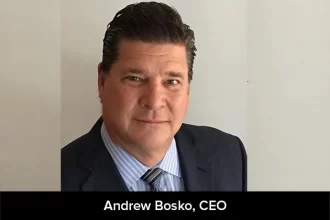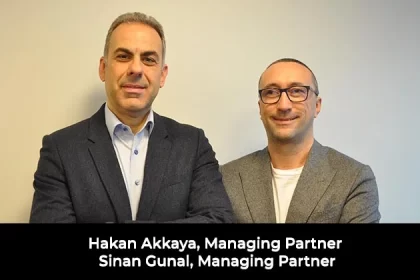In the 1980’s I worked in the first hospital built in London in the 12th Century; St Bartholomew’s Hospital with its attendant Saxon church. The hospital archive contains records showing how dangerous it was to have your baby within its walls. Despite some less than ideal outcomes and a move by Margaret Thatcher to close it down, the hospital is still going in 2019. People still die there, some lives are saved. People have infections, some are on cancer treatment, some are immune compromised, some have been in an accident, some are awaiting or have had elective surgery. Some of these patients are a great risk to some of the others, but they are all bundled in together.
I wonder if, after nearly 1000 years it is time to come up with a different approach. Actually, things are devolving anyway. We have day surgery units, cancer centres and palliative care units to name a few specialist centres. How different it is to go to the Peter Mac Cancer Centre in Melbourne if you have a fever and no neutrophils due to your chemotherapy rather than a busy emergency department in a large hospital. It is extremely dangerous in the emergency department to be lying next to a person who is coughing bacteria all over the room. Also, the clinician you see may have no idea of the appropriate response, or the urgency. Home is a far safer place to be if you can access the treatment there.
The other problem for hospitals is that it is quite likely that you have two or three things wrong with you when you are getting older and end up in a hospital. Who should look after you? These days it is simpler because generally the answer is no one. You just stay in the emergency department and get tested for everything known to man. If it shows nothing that can be deciphered you go for more tests. This goes on 24/7 without reference to meals or daylight. You might get lucky and be taken on by someone with a bed at their disposal or you might just wait to get better where you are.
There is another problem and it is major and ubiquitous. The hospital is a shared resource by many players and some are more powerful than others. They get access, even if there is no evidence for the priority. The result is that patients coming in for elective surgery and other cancellable services have to wait. This may happen to someone three or four times over a period of years. It can be immensely distressing.
So let’s get rid of hospitals. They are massively expensive, demand huge resources and are very unproductive. Length of stay is their benchmark for success but is usually much longer than necessary. Replace them with a range of service spaces, much as is happening at the moment and driven from a primary care prespective.
The solution is genuine general medicine; highly skilled general practitioners and registrars working in well-staffed and efficient urgent care facilities that can handle all initial care and keep patients who require moderate levels of treatment over a period of up to 14 days. Specialists in emergency medicine, paediatrics, general medicine and surgery, will attend these facilities and support the general practitioners. The focus of these centres will be to maintain function and well being and get the patient back into the community as soon as possible. If the person is still unwell after 14 days the person will go to a higher level of care or a step down facility prior to going back to the community.
Strategically placed trauma centres with helicopter pads will manage major burns and traumatic injuries requiring major surgery and other interventions. These centres can be accessed directly by ambulances or via the urgent care centres. They will be managed by specialist surgeons. These patients, if ready to go to lower level care in less than 7 days will go to an urgent care centre, otherwise to a step down facility.
Likewise, specialist intensive care, surgical and cardiovascular centres will accept patients who require interventions for vascular thrombosis or where there is concern regarding vascular supply to part of the body. These centres will also provide care for patients who require intensive care. These centres will pass patients within 7 days back to the urgent care centres, or longer to the step-down facility.
Other centres will provide for day and elective surgical care, without any urgent surgery. This will ensure that no cancellations are required. These centres can deal with the vast majority of surgery and will generally discharge patients home or to the urgent care facility for more complex recovery.
Cancer centres are already working well as are palliative care units. How refreshing it is to go to an institution that is geared to your problem, shaped to your requirements and focussed on improving outcomes in your domain. These specialist places might also work with general practitioners to ensure that whole patient care is provided and the transition to care in the community is straightforward.
With improvements in digital health, how much treatment and monitoring might safely be carried out at home? The mind boggles. But the ubiquitous baby minder shows us that technology can make a lot of people feel less anxious. Does anybody have the energy to make it happen? It can be a planned transition when a new hospital is planned.
Richard Smith created a vision of a dystopian future where the world was just full of slums surround massive white hospitals where all the people spent quite a lot of their time and which drained almost all their collective resources. We should stop now.










